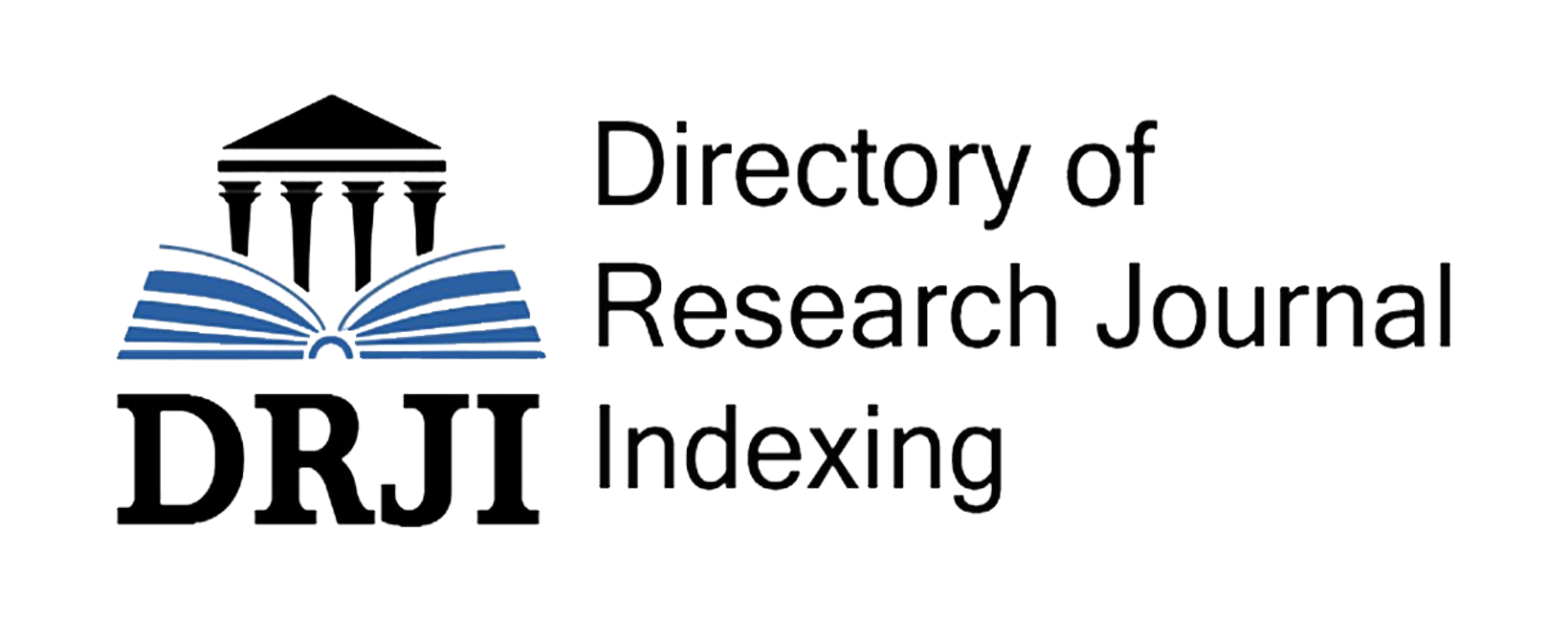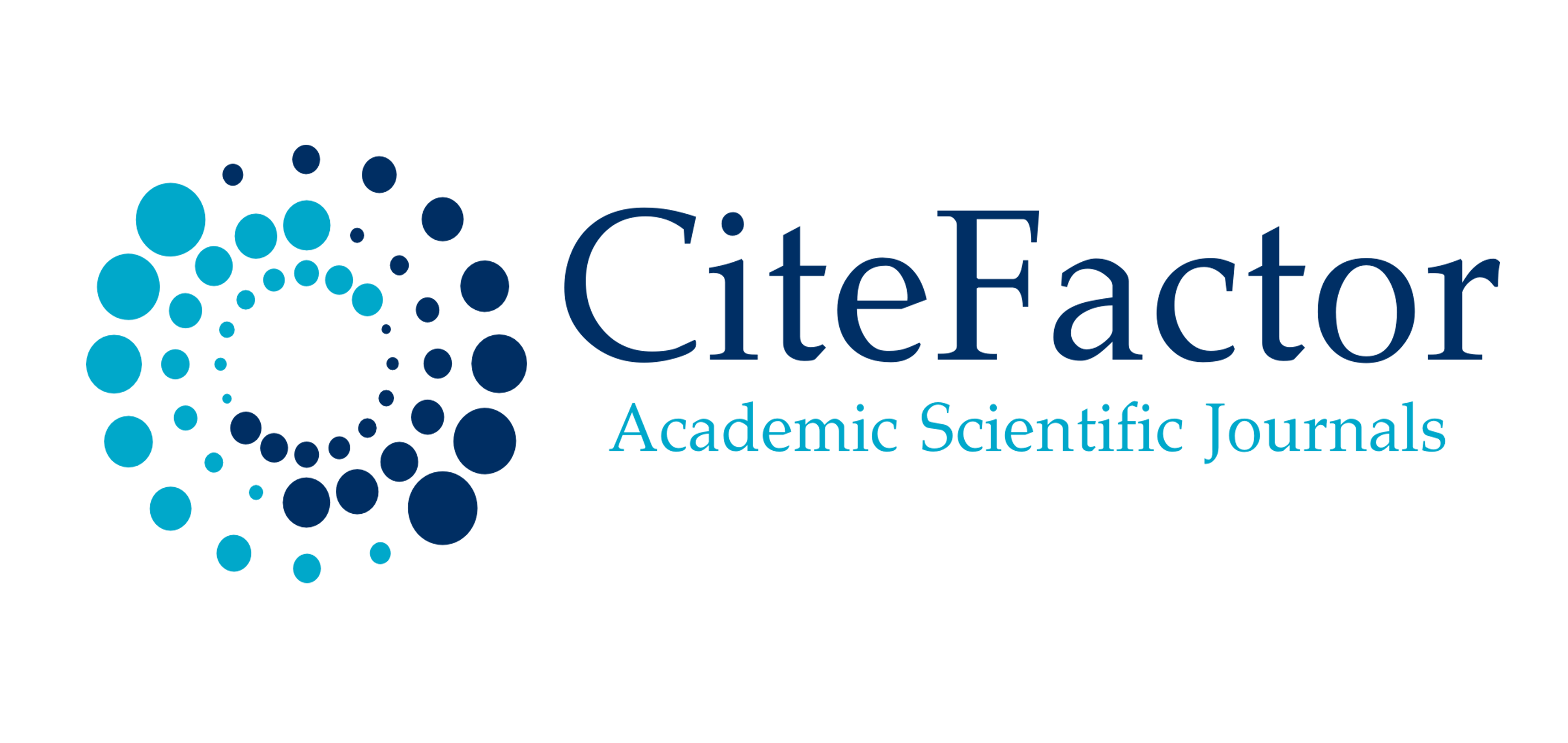BASIC NOTE-TAKING METHODS
Keywords:
note-taking, consecutive interpreting, principles, methods, source languageAbstract
Consecutive interpreting is one of the two working modes used in conference interpreting. Unlike simultaneous interpreting where, as the name itself says, the interpretat ion simultaneously follows the speech that is being given; consecutive interpretation follows after a certain segment of the speech was delivered, the interpreter listened to it and took notes from which he/she could later reconstruct the speech in the source language. Although there are various approaches to how notes should be taken, all scholars highlight the same thing: note-taking plays a key role in consecutive interpreting, being an indispensable aid to the interpreter.
References
Gillies A. Note-taking for Consecutive Interpreting A Short Course, St. Jerome Publishing. 2005.p 6
Albl-Mikasa M. and Kohn "Note-taking in consecutive interpreting. Translation Studies and Linguistics.2008.p. 203
Taylor-Bouladon, V. Conference interpreting: principles and practice. third edition 2013, p. 68.
Rozan, Jean Francois. La prise de notes en interprétation consecutive. Geneva: Georg, 1956,p.15.
Mei, Deming. A Course for Advanced Interpretation. Shanghai: Shanghai Foreign Language Education Press, 2000.
Phelan, Mary. The Interpreter’s Resource. Clevedon: Multilingual Matters Ltd., 2001.
Qi, Wenqin, & Zhang, Wen, et al. Advanced English Interpretation: A Course Book. Beijing: Tourism Education Press, 1997.
Xu, Ya’nan & Li, Jianying. Foreign Affairs Translation: Skills for Oral Interpretation and Written Translation. Beijing: World Knowledge Press, 1998.
Zhong, Shukong. A Practical Handbook of Interpretation. Beijing: China Translation & Publishing Corporation, 1984.
Djurayeva, M. (2022). Delving Into Note-Taking Technique In Consecutive Interpreting. Models and methods in modern science, 1(17), 43-49.
Djurayeva, M. A. (2023). Developing note-taking skills in consecutive interpreting. Academic Research in Educational Sciences, 4(4), 232–236. https://doi.org/









